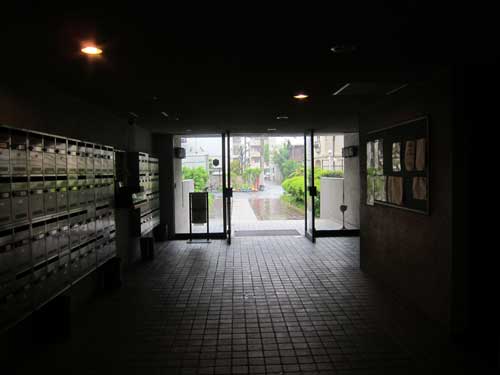
史火陶芸教室で新しい植木鉢のシリーズを作り始めました。他の生徒さんが作った碗の質感と釉薬に感激して、自分で簡単なものを作りたかった。
右の植木鉢の縦線は底にある排水の溝とつなげます。対象の線は、グリップにもなります。左の植木鉢は構造的な機能だけを考えて、シンプルに作りました。生徒さんの一人が、この形はキャンドルスタンドに良いと言いました。
素人なのに、先生のおかげで、作品がもっとすてきになりました。先生はいつも生徒のアイデアを後押しして、手伝ってくれて、良い作品ができあがります。とても良い先生です。
I am making a new flower pot series at Shiho ceramic studio. I was inspired by the texture and glazing of another student’s bowls, and wanted to create something simple.
The vertical lines on the right-side pot connect with the drainage channels on the bottom and also provide contrast and something to grip. The left-side pot was an experiment in removing material without compromising structural integrity. A fellow student suggested this would make a good candle holder.
After they’re baked the first time, I’ll apply the glaze. Usually I leave some parts unglazed so that you can see and feel the ceramic directly.
It’s a credit to the Shiho teachers that my amateur efforts turn out look more intentional and better designed than I am capable of. I like that they encourage me to do what I want, and yet somehow always ensure that my work turns out OK. That’s evidence of great teaching!
